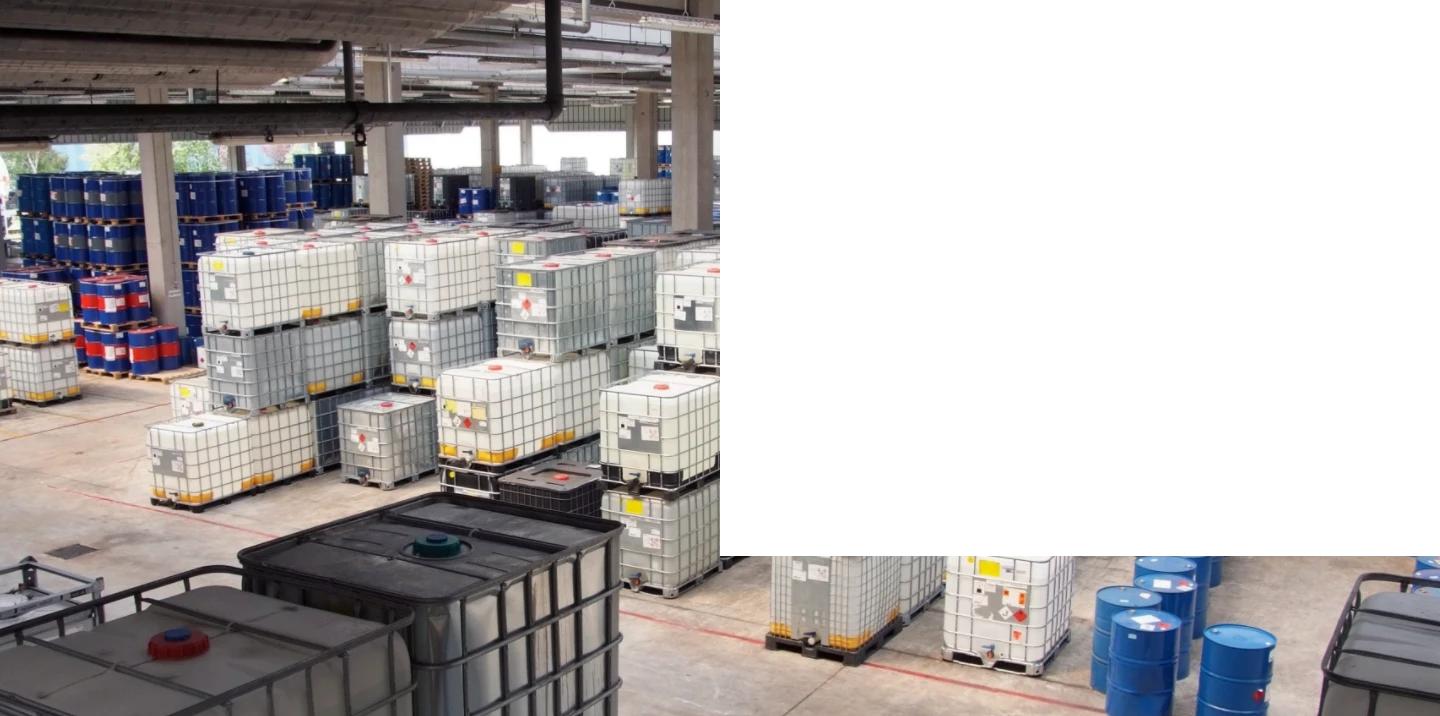



Effective Use of Chlorine Dioxide for Sterilization in Various Environments and Applications
Chlorine Dioxide Sterilization A Comprehensive Overview
Chlorine dioxide (ClO2) is an effective bleaching agent and disinfectant that has gained attention for its potent sterilization properties. As a chemical compound consisting of one chlorine atom and two oxygen atoms, chlorine dioxide has unique properties that differentiate it from other chlorine-based disinfectants, such as sodium hypochlorite (bleach). This article will explore the mechanism, applications, benefits, and safety considerations of chlorine dioxide sterilization.
Mechanism of Action
Chlorine dioxide kills microorganisms through a process called oxidative stress. Upon contact with pathogens, ClO2 penetrates microbial cell walls and reacts with cellular components, leading to the disruption of metabolic functions. This oxidative reaction damages proteins, nucleic acids, and lipids, effectively rendering the microorganisms inactive. Unlike traditional chlorine disinfectants, which tend to react with organic matter and lose efficacy, chlorine dioxide remains soluble in aqueous solutions and maintains its potent disinfection capabilities even in the presence of organic materials.
Applications
Chlorine dioxide is utilized across various industries due to its broad-spectrum efficacy against bacteria, viruses, fungi, and protozoa. Here are some key applications
1. Water Treatment Chlorine dioxide is widely used in municipal and industrial water treatment facilities to disinfect drinking water and wastewater. Its effectiveness against pathogens like Legionella and Cryptosporidium makes it an ideal choice for ensuring water quality.
2. Food Processing In the food industry, ClO2 is employed to sanitize equipment, surfaces, and products. Its non-toxic nature and ability to eliminate pathogens such as E. coli and Salmonella make it suitable for use in washing fruits and vegetables, enhancing food safety.
3. Healthcare In healthcare settings, chlorine dioxide is used to disinfect surfaces, medical instruments, and environments to reduce the risk of healthcare-associated infections (HAIs). Its effectiveness against biofilms, which often harbor harmful bacteria, can help maintain a sterile environment in hospitals.
chlorine dioxide sterilization

4. Mold and Mildew Control Given its ability to eradicate molds and mildew, chlorine dioxide is often deployed in remediation efforts for water-damaged buildings. It helps remove spores from surfaces, thereby preventing mold-related health issues.
Benefits
The adoption of chlorine dioxide sterilization offers several advantages. Firstly, its high efficacy makes it an ideal disinfectant, capable of eliminating a wide variety of pathogens quickly. Secondly, chlorine dioxide does not produce harmful chlorinated by-products (DBPs), which are a concern in traditional chlorine disinfection processes. This makes it safer for both human health and the environment.
Moreover, ClO2 is effective across a broader pH range and remains stable in a variety of conditions, making it adaptable for use in different environments. The versatility of chlorine dioxide means it can be used in liquid, gas, or combination forms, allowing for flexibility in application.
Safety Considerations
While chlorine dioxide is effective, it is essential to handle it with care. Inhalation of chlorine dioxide gas can irritate the respiratory system, and high concentrations can be hazardous. Therefore, appropriate safety measures must be implemented during its use, including adequate ventilation, protective equipment, and monitoring of exposure levels.
Additionally, it is crucial to follow regulatory guidelines for the storage and application of chlorine dioxide. Strict adherence to safety protocols can mitigate risks associated with its use and ensure it remains a safe and effective disinfectant.
Conclusion
Chlorine dioxide sterilization stands out as a powerful and versatile disinfectant, widely used across various sectors for its effectiveness in eliminating harmful pathogens. With its unique mechanism of action, broad applications, and environmental benefits, ClO2 remains a vital tool in maintaining hygiene and safety standards. However, its application must be coupled with appropriate safety measures to protect users and the environment. As industries continue to seek effective sterilization methods, chlorine dioxide will likely remain at the forefront of disinfection technology.
-
Why Sodium Persulfate Is Everywhere NowNewsJul.07,2025
-
Why Polyacrylamide Is in High DemandNewsJul.07,2025
-
Understanding Paint Chemicals and Their ApplicationsNewsJul.07,2025
-
Smart Use Of Mining ChemicalsNewsJul.07,2025
-
Practical Uses of Potassium MonopersulfateNewsJul.07,2025
-
Agrochemicals In Real FarmingNewsJul.07,2025
-
Sodium Chlorite Hot UsesNewsJul.01,2025










